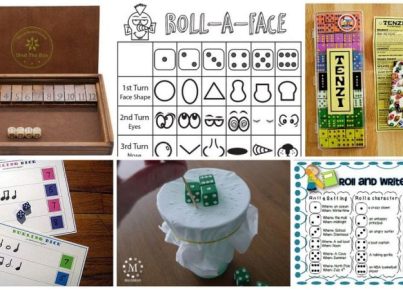Introduction:
Teaching is a highly respected and influential profession, responsible for shaping young minds and nurturing the skills necessary to thrive in an ever-changing world. With rapid advancements in technology and shifts in social trends, staying abreast of educational currents has become increasingly important. We had the opportunity to sit down with an educator who seems to have his finger on the pulse of teaching. Here are seven questions we asked him to gain insight into his innovative approaches and thoughts on modern education.
1. How do you adapt your teaching methods to cater to diverse learning styles and preferences?
Understanding that students possess different learning styles is crucial, as it helps shape lesson plans in a way that maximizes their understanding. A blend of auditory, visual, and kinesthetic teaching methods ensures wide coverage, while encouraging students to develop their strengths and improve their weaknesses.
2. How do you incorporate technology into your classroom?
Technology has become an integral part of our daily lives, and as educators, we must embrace its potential for enhancing learning experiences. By utilizing digital tools like video presentations, online quizzes, virtual reality simulations, and collaborative platforms such as Google Classroom, I aim to create engaging lessons that would be impossible without modern tech innovations.
3. How do you foster critical thinking skills in your students?
Critical thinking is essential for navigating today’s complex society. To encourage critical thinking, I present my students with real-world problems that require thoughtful analysis and discussion. Providing opportunities for debate, group work, open-ended questioning techniques, and project-based learning allows students to engage their analytical abilities actively.
4. What strategies do you use to encourage creativity within your classroom?
To boost creativity in my class, I establish an open environment where students can express themselves freely without fear of judgment. I integrate project-based learning assignments designed around student interests which allow them to explore offbeat ideas while applying their newfound knowledge in a practical manner.
5. How do you maintain a positive learning environment that motivates students to learn?
A positive atmosphere promotes optimal learning. By creating a supportive and respectful class environment, I help my students feel comfortable and valued. Frequent praise, acknowledgement of their efforts, and celebrating successes—no matter how small—go a long way in fostering intrinsic motivation.
6. What are your thoughts on collaborative learning and its role in the classroom?
Collaborative learning plays a pivotal role in modern education, as working together teaches valuable problem-solving, communication, and leadership skills. By emphasizing cooperation over competition, students learn to appreciate diverse perspectives and develop empathy – traits essential for responsible global citizenship.
7. How do you stay current with evolving educational practices and make changes accordingly?
Attending professional development workshops, networking with other educators, reading industry publications, and participating in online forums all contribute to my staying informed of current teaching trends. Embracing change is vital for ongoing success; as an educator, I constantly adapt my methods to incorporate proven strategies that will benefit my students.
Conclusion:
Our conversation with this forward-thinking educator revealed several key insights into effective modern education approaches. Ensuring that these ideals remain central to the learning experience will ensure that students are well-equipped to thrive academically, socially, and emotionally in the twenty-first century.





